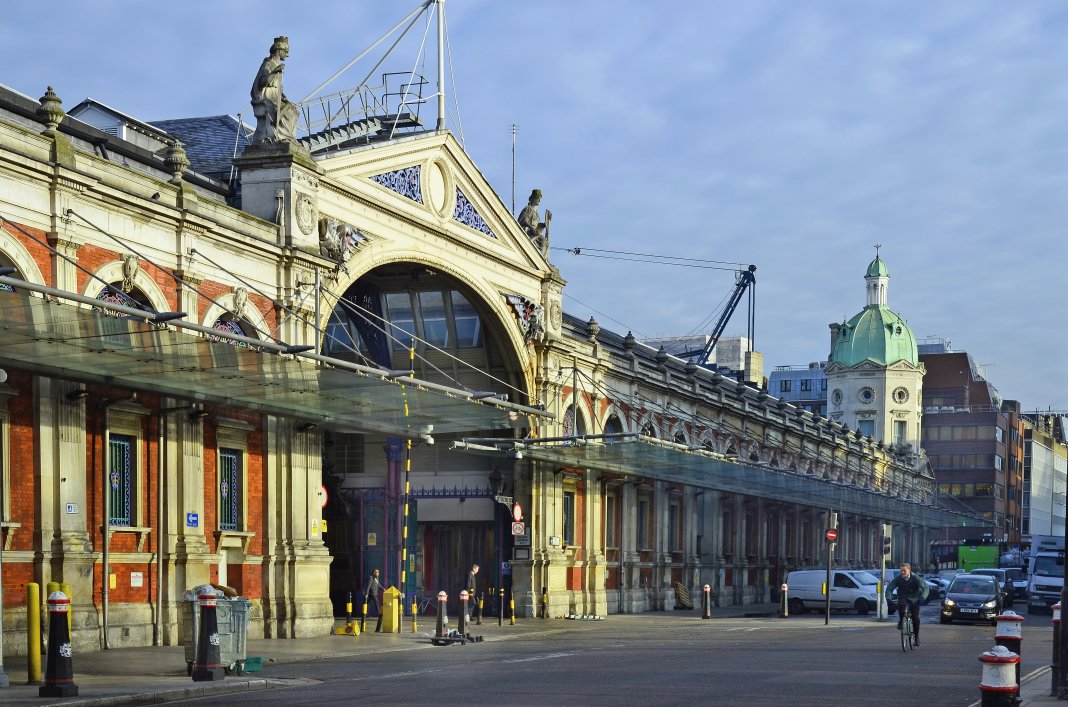London’s historic Smithfield Market, the largest wholesale meat market in the UK and one of Europe’s biggest, is set to close after nearly a millennium of operation. A cornerstone of London’s history and commerce, the market’s closure marks the end of an era, and its future redevelopment promises significant changes to the city’s landscape.
A Legacy of 900 Years
Smithfield Market’s origins trace back to the 12th century, with mentions in 1174 by William Fitzstephen, who described it as a bustling livestock and goods market. Over the centuries, it evolved into a center of wholesale meat trade, with its current site in operation since the 1860s. The market has long been a cultural icon, reflecting London’s industrial growth and its role as a hub of trade.
The City of London Corporation, which owns and operates Smithfield, also announced the closure of Billingsgate Fish Market, another historic London institution dating back to 1327. These decisions were made following a vote to withdraw support for the markets due to escalating costs and logistical challenges.
The Decision to Close
Plans to relocate Smithfield and Billingsgate, along with New Spitalfields Market, to a £1 billion site in Dagenham were abandoned due to cost overruns, despite the Corporation already spending £308 million on the project. Instead, the Corporation has decided to close the markets and compensate traders, with payouts expected to exceed £300 million. The markets will continue to operate until at least 2028, with the Corporation working to support traders in finding new premises.
This decision has sparked debate, with some questioning the lack of a comprehensive food security study before the vote and others criticizing the financial mismanagement of the relocation project. Traders expressed concerns about the cultural and economic loss, with one stating, “London will be without a fish supplier,” raising questions about how London’s food industry will adapt.
Smithfield’s Future
Smithfield’s closure paves the way for its redevelopment into a mixed-use cultural and commercial hub. A significant part of this transformation includes the creation of the new London Museum, already under construction on part of the site. The redevelopment aligns with the City of London Corporation’s broader “Destination City” initiative, aiming to create a vibrant space for residents, workers, and tourists.
The surrounding area will likely see further developments, including retail spaces, offices, and cultural venues. The Corporation envisions these projects as part of a “positive new chapter” for the Square Mile, balancing economic sustainability with preserving the area’s historical significance.
A Cultural Shift
The closure of Smithfield Market signals a significant cultural and economic shift for London. As consumption habits evolve and online trade expands, traditional wholesale markets are increasingly challenged to remain viable. While some see the closure as an inevitable step toward modernization, others mourn the loss of a London institution that has endured for centuries.
As Smithfield transitions from a working market to a cultural landmark, its legacy remains a testament to London’s resilience and adaptability. Whether the redevelopment meets the needs of traders, residents, and visitors will determine how this historic site’s next chapter unfolds.
Smithfield Market’s closure is more than just the end of a business; it is a moment in London’s living history, inviting reflection on the city’s past and its vision for the future.


